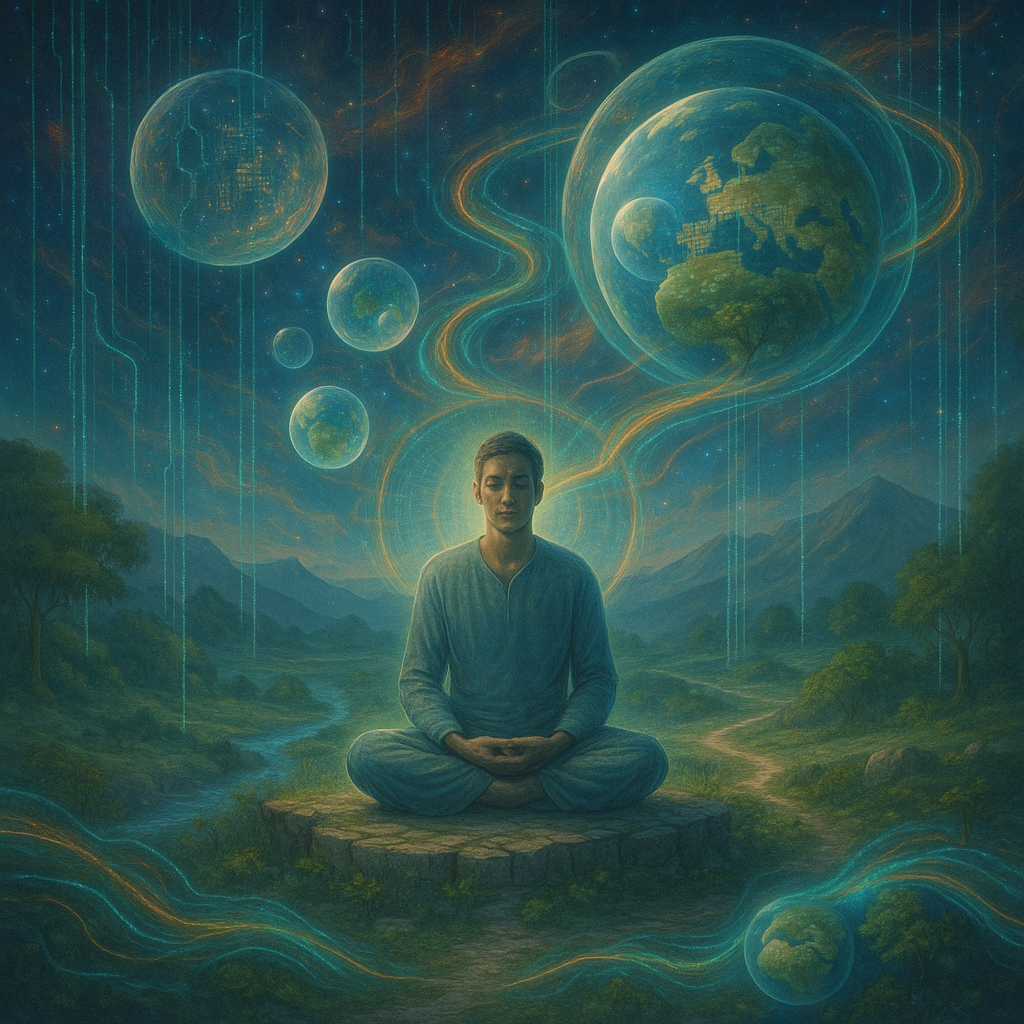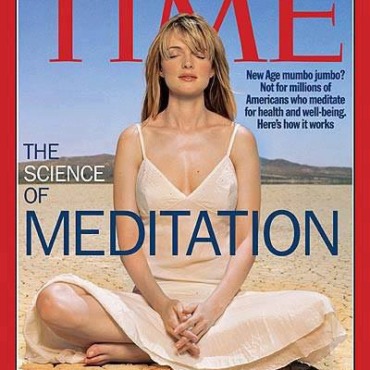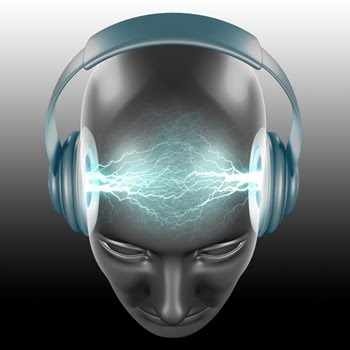Introduction: Philip K. Dick—A Sci-Fi Visionary with a Turbulent Life

Welcome to Meditation Treks, where we explore the intersections of science, spirituality, and philosophy through the lens of mindfulness. Today, we’re diving into the mind-bending ideas of Philip K. Dick, a science fiction author whose visionary works continue to resonate with our modern quest for truth. Born in 1928, Dick authored iconic novels like The Man in the High Castle (1962), which won the Hugo Award, Do Androids Dream of Electric Sheep? (1968), the inspiration for Blade Runner, and A Scanner Darkly (1977). Before 1974, Dick’s life was marked by personal struggles—five marriages, the tragic loss of his twin sister at birth, and a history of drug use, including amphetamines and LSD. His unconventional ideas and outspoken nature eventually drew the attention of the FBI and CIA, who tracked him as a person of interest until his death in 1982, suspecting ties to foreign intelligence due to his radical theories about reality.
In 1977, Dick delivered a speech at the Metz Science Fiction Convention in France titled “If You Find This World Bad, You Should See Some of the Others,” where he proposed a reality that aligns eerily with meditation’s deeper inquiries: Are we living in a simulation, a matrix-like construct? Let’s explore Dick’s groundbreaking ideas about a computer-programmed reality, alternate timelines, and a living intelligence behind it all, and see how they can deepen our meditative and philosophical practice.
Are We Trapped in a Matrix? Philip K. Dick’s 1977 Revelation
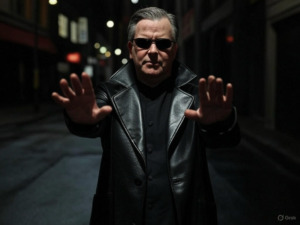 Imagine sitting in a quiet meditation session, your breath steady, your mind open, when suddenly you sense a glitch—a fleeting moment of déjà vu that makes you question reality itself. In his 1977 Metz speech, Philip K. Dick proposed exactly this: that we’re living in a computer-programmed reality, a matrix where the only clues to its artificial nature are subtle glitches. Dick declared, “We are living in a computer programmed reality, and the only clue we have to it is when some variable is changed, and some alteration in our reality occurs.” He called this concept orthogonal time—a lateral axis where reality shifts sideways, not just forward through past, present, and future.
Imagine sitting in a quiet meditation session, your breath steady, your mind open, when suddenly you sense a glitch—a fleeting moment of déjà vu that makes you question reality itself. In his 1977 Metz speech, Philip K. Dick proposed exactly this: that we’re living in a computer-programmed reality, a matrix where the only clues to its artificial nature are subtle glitches. Dick declared, “We are living in a computer programmed reality, and the only clue we have to it is when some variable is changed, and some alteration in our reality occurs.” He called this concept orthogonal time—a lateral axis where reality shifts sideways, not just forward through past, present, and future.
For meditators, this idea resonates deeply. When we sit in stillness, we often notice fleeting impressions—memories that don’t fit, dreams of places we’ve never been, or the uncanny feeling of reliving a moment. Dick suggested these experiences, like déjà vu, might be evidence of the matrix at work. He believed that a variable in the past could be “reprogrammed,” causing an alternative reality to branch off, leaving us with residual memories of a different present. At Meditation Treks, we often explore how mindfulness can reveal hidden layers of consciousness—could these layers be glimpses of the matrix Dick described?
Alternate Timelines: A Spectrum of Realities in Meditation
 Dick didn’t stop at the matrix. He proposed that reality consists of alternate timelines and realities, a “plurality of overlapping earths” along a lateral axis. In his speech, he described moving between these worlds, each with its own flavor of existence. He shared three distinct tracks from his own experiences:
Dick didn’t stop at the matrix. He proposed that reality consists of alternate timelines and realities, a “plurality of overlapping earths” along a lateral axis. In his speech, he described moving between these worlds, each with its own flavor of existence. He shared three distinct tracks from his own experiences:
- Track A: The Black Iron Prison—a tyrannical world Dick remembered after a 1974 sodium pentothal experience, where he lived as a secret Christian fighting a fascist regime. In this reality, the civil rights and anti-war movements failed, and Richard Nixon remained in power.
- Track B: Our Current Reality—a world where Nixon was deposed in 1974, an improvement Dick attributed to a “reprogramming” of historical variables in the late 1940s.
- Track C: The Garden World—a utopian realm Dick briefly glimpsed in 1975, lasting six hours. He described it as a “park-like world” with Greco-Roman elements, featuring Aphrodite, the goddess of beauty and life’s generative force—a place he called humanity’s “legitimate home.”
For those of us at Meditation Treks, this idea of alternate realities aligns with spiritual practices that encourage us to transcend our current state. In meditation, we often visualize higher states of being—could these be glimpses of Track C, a world of peace and beauty? Dick’s concept of orthogonal time suggests that reality isn’t fixed; it’s a spectrum we can navigate through awareness, much like how meditation helps us shift our inner landscape to access deeper truths.
A Living Intelligence: The Programmer Behind the Matrix
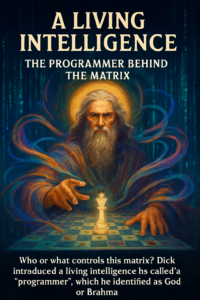 Who or what controls this matrix? Dick introduced a living intelligence he called the “programmer” or “reprogrammer,” which he identified as God or Brahma, the Vedic deity of creation. In his speech, he described perceiving this entity during a 1974 vision as “plastic energy” with colors, moving fast, and blending into normal objects to remain invisible. He likened the programmer to a chess player, battling a “dark counterplayer” (a force of evil and decay) to improve reality with each move.
Who or what controls this matrix? Dick introduced a living intelligence he called the “programmer” or “reprogrammer,” which he identified as God or Brahma, the Vedic deity of creation. In his speech, he described perceiving this entity during a 1974 vision as “plastic energy” with colors, moving fast, and blending into normal objects to remain invisible. He likened the programmer to a chess player, battling a “dark counterplayer” (a force of evil and decay) to improve reality with each move.
Dick believed the programmer’s goal was to create better worlds, moving us laterally along the axis of realities. He saw this as a cosmic act of compassion—each reprogramming, like the removal of Nixon in Track B, was a victory for freedom and beauty. For meditators, this resonates with spiritual traditions that speak of a universal consciousness guiding us toward enlightenment. At Meditation Treks, we often discuss the idea of a higher intelligence—whether it’s God, the universe, or pure awareness—that shapes our path. Dick’s programmer offers a sci-fi twist: a divine coder tweaking the matrix to help us awaken.
Meditation and the Matrix: A Path to Awakening
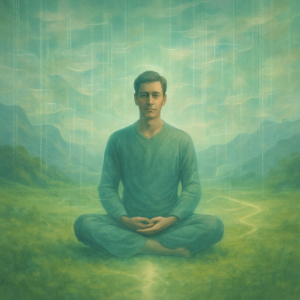 Dick’s 1977 speech isn’t just a sci-fi thought experiment—it’s a philosophical call to awaken, much like the goals of meditation. He believed that phenomena like déjà vu, dreams of unfamiliar places, and memories of “past lives” (which he saw as previous lives in alternate presents) were signals trying to wake us up to the matrix. He warned that most of us would never realize we’re trapped because the matrix is “inside” us, woven into our perceptions.
Dick’s 1977 speech isn’t just a sci-fi thought experiment—it’s a philosophical call to awaken, much like the goals of meditation. He believed that phenomena like déjà vu, dreams of unfamiliar places, and memories of “past lives” (which he saw as previous lives in alternate presents) were signals trying to wake us up to the matrix. He warned that most of us would never realize we’re trapped because the matrix is “inside” us, woven into our perceptions.
At Meditation Treks, we can use Dick’s insights to deepen our practice. When you meditate, pay attention to those subtle glitches—those moments of déjà vu or vivid dreams. They might be clues to the nature of reality, invitations to question the illusion and seek a higher truth. Dick’s vision of Track C, with its serene beauty, reminds us of the peace we seek in meditation—a state beyond the chaos of our current reality. By cultivating mindfulness, we might just move laterally, as Dick did, toward a better world.
Contemporary Voices: The Matrix in Modern Thought
Dick’s ideas were prophetic, echoing in the works of contemporary thinkers who also believe we might be living in a simulation. Elon Musk has famously stated there’s a “billion to one chance” we’re not in a simulation, a view supported by philosopher Nick Bostrom, whose 2003 simulation argument suggests advanced civilizations could create simulated realities. Tech entrepreneur Rizwan Virk, in The Simulation Hypothesis, explores how video game technology mirrors Dick’s matrix. Philosophers like David Chalmers and Hans Moravec argue that consciousness could exist in a simulation, while cosmologist Max Tegmark suggests our universe’s mathematical structure resembles code. These modern perspectives overlap with Dick’s vision of a computer-programmed reality, alternate timelines, and a living intelligence, bridging science, spirituality, and philosophy—just as we do at Meditation Treks.
This post not only explores a fascinating intersection of science fiction and spirituality but also invites you to reflect on reality through your meditation practice. What glitches have you noticed in your own life? Share your thoughts in the comments below, and let’s continue this journey of awakening together at Meditation Treks!
You can find an excerpt of his speech here:
And the full speech here


